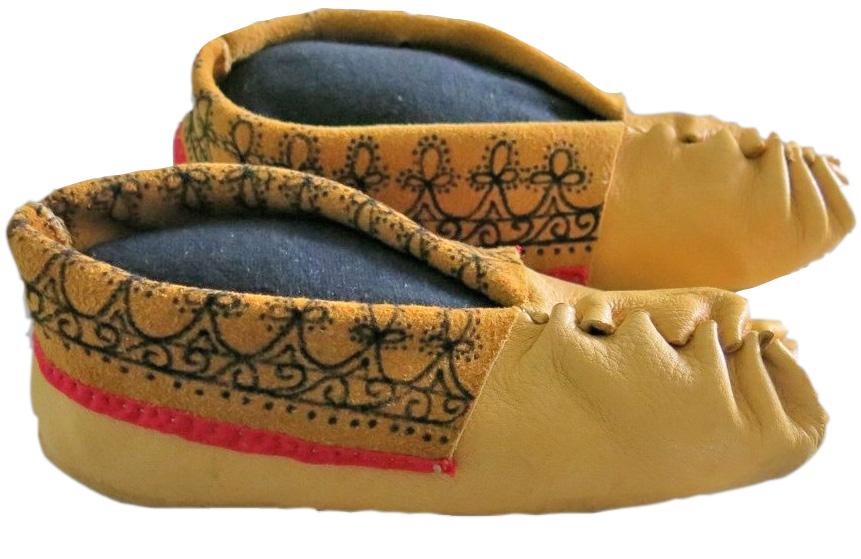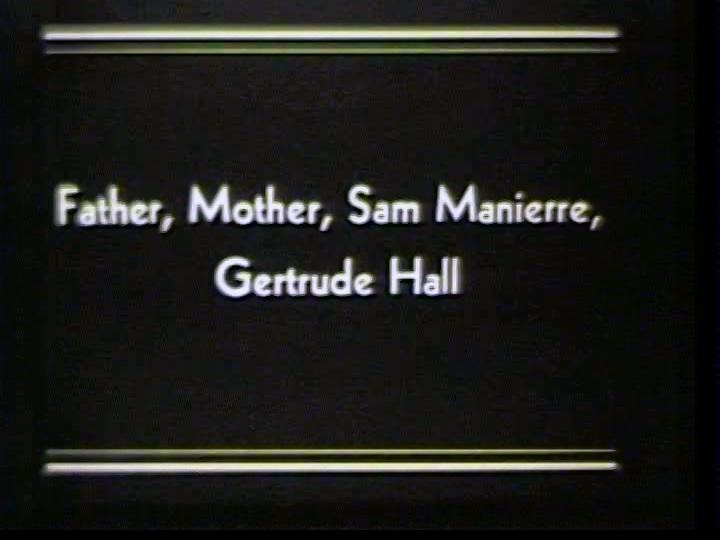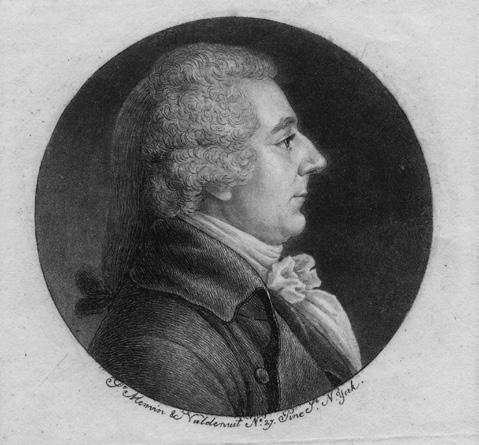
3 minute read
Walking in the Footsteps of the Past
Historic New England partnered with Tomaquag Museum, located in Exeter, Rhode Island, to expand the history we share at Casey Farm. Tomaquag Museum, founded in 1958, is dedicated to sharing Indigenous culture, arts, and history. The museum played a vital role in broadening the story we tell and making it a contemporary narrative with a permanent display titled Walk in Their Footsteps.
Inside the c. 1750 Casey farmhouse is a gallery-style museum room featuring portraits and photographs to tell the stories of the family that owned the property from 1702 to 1955. The Caseys are notable for their accomplishments in business, the military, and Walking in the Footsteps
OF THE PAST
architectural design. Each generation was determined to keep the family’s three hundred acres of land intact with all of the farm’s buildings; later family members had the foresight to pass on the property as a working farm to Historic New England, in 1955. But what about the other people who were at least as essential to the life of the farm? Witnessing today’s hard-working farm crew and listening to their perceptions made it clear that Historic New England should talk more about whose footsteps we follow.
Prior research and a very few artifacts on display had allowed us to talk about the thousands of years that Indigenous peoples inhabited the land, and those who subsequently occupied it, but it was not a balanced presentation. The horse and oxen shoes, pipe stems, tableware, a marble, rosin for a fiddle—all of these speak about everyday life on Casey Farm in the past, but the story was incomplete. Farm managers Lindie Markovich and Emily Cotter were already invested in bringing forward stories of the people who worked the land. For example, they invited Tomaquag Museum Director Lorén Spears to talk to the Young Farmers Network of Southeastern New England at Casey Farm in the spring of 2018 about cultivation of the land from a Native perspective.
Historic New England Curator Laura Johnson suggested strengthening our relationship with Tomaquag Museum. After a few collaborative sessions, we settled on some key ideas. We started with some artifacts discovered by chance in the barnyard, the fields, and the walls of the house and combined them with contemporary Native American works. Objects would be grouped by their uses, no matter the time period or who made them, and made more relevant for today’s audiences by commissioning contemporary, handcrafted items based on traditional skills from the Tomaquag Museum’s network of Native artists.
The soles of 200-year-old footwear placed inside the walls of the farmhouse to serve as talismans (most likely by tenant farmers) are juxtaposed with new deerskin moccasins made by Silvermoon LaRose for her daughter to dance in. Tools for making and eating food—a two-tined fork with a horn handle, nineteenthcentury ceramic shards, and Woodland Period (roughly 1000 BCE to 1000 CE) stone-cutting tools—are shown in the same case with Spears’s contemporary vision of a splint gathering basket with flowing designs. Several more work items and playthings made across centuries and cultural backgrounds are now on display in the Casey Farm museum room in two cases for all visitors to see. We will periodically install new craft items in the display cases.
Casey Farm has much to offer visitors at its spectacular seaside landscape. Our hope is that when visitors leave the museum room they will look upon the beauty of the farm with a greater appreciation of all the people who made the place possible.
page 26 Visitors view a display case at Casey Farm that includes clay pipe stems from 1750-1850, c. 1820 shoe soles and upper remnants, a c. 1900 fragment of a writing slate, and items from 2018 by Indigenous makers such as a doll fashioned from a corn husk and yarn, a ring toss game made from wood and twine, and a bracelet designed using quahog shell and elastic. left These contemporary moccasins made for a young girl are also a part of the permanent display that Historic New England and the Tomaquag Museum installed at Casey Farm.









